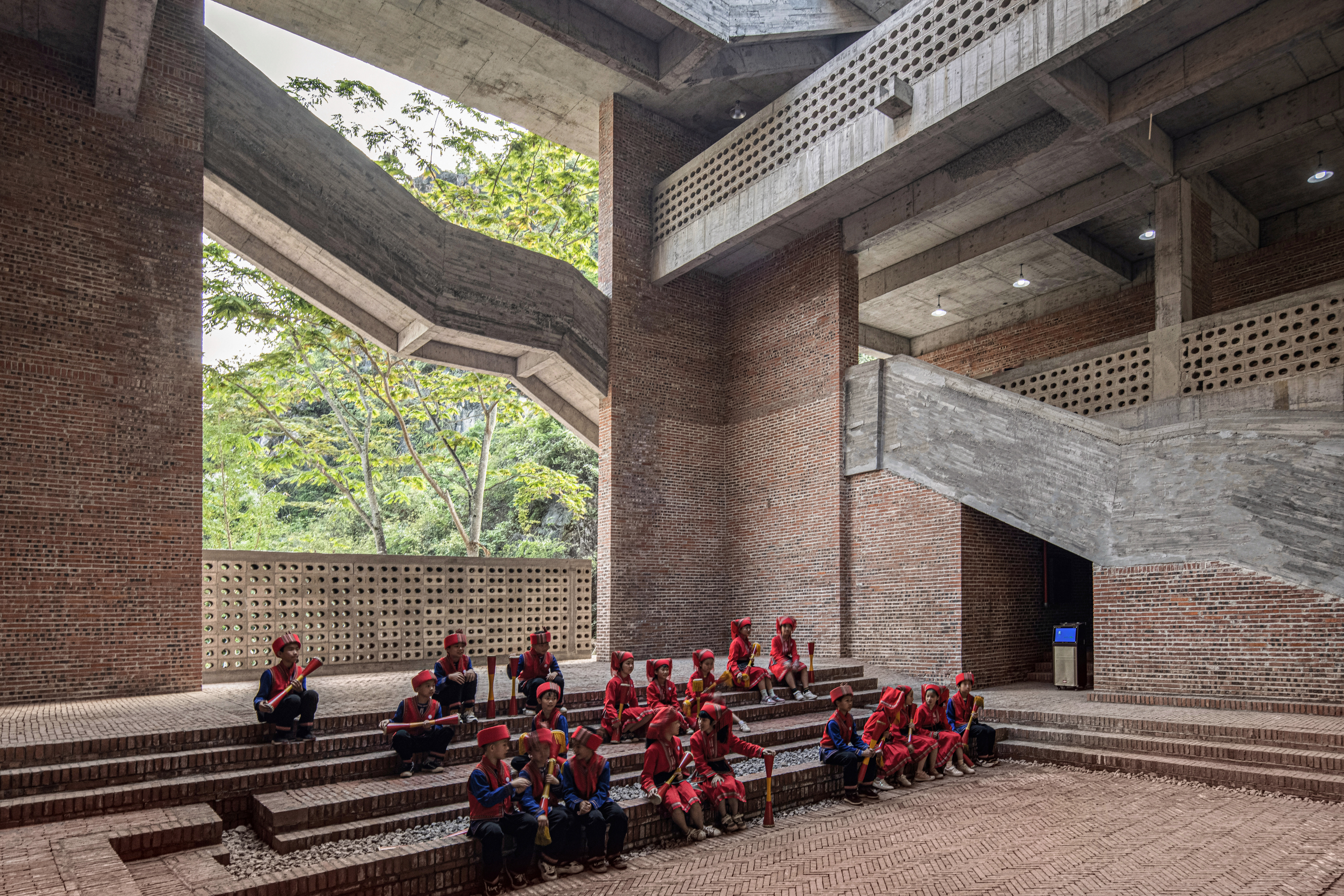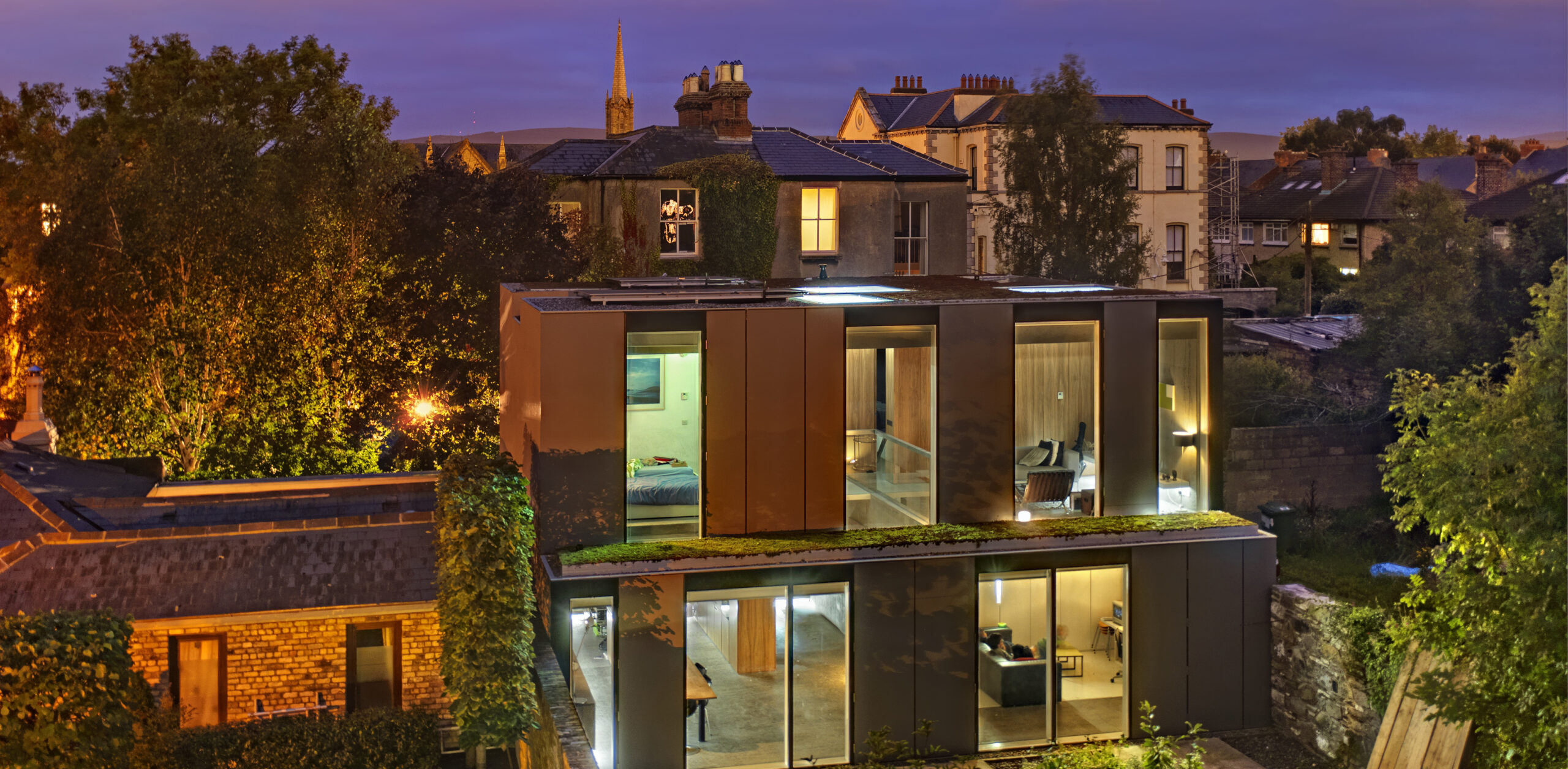Architizer is thrilled to reveal the 12th Annual A+Awards Finalists. See which projects and firms made the cut and have your say in who wins a coveted Popular Choice A+Award. Cast your vote today >
Happy Earth Day, architects! In an era where the health of our planet is more critical than ever, embracing sustainability in our architectural projects isn’t just beneficial — it’s essential. Amidst the pressing challenges of climate change and environmental degradation, the call for sustainable practices has never been louder.
We understand that achieving 100% sustainability in every project may not always be feasible due to various constraints, from budgetary to site-specific limitations. However, it’s crucial to recognize that perfection shouldn’t be the enemy of progress. Every step toward sustainability, no matter how small, contributes to a larger impact on our environment and communities.
This guide presents practical ways to incorporate sustainability into architectural design, acknowledging that even partial adherence to these principles can make a significant difference. From maximizing energy efficiency to choosing sustainable materials and ensuring ethical construction practices, these strategies are designed to help professionals make the most of available resources.
1. Capitalize on Passive Heating and Ventilation
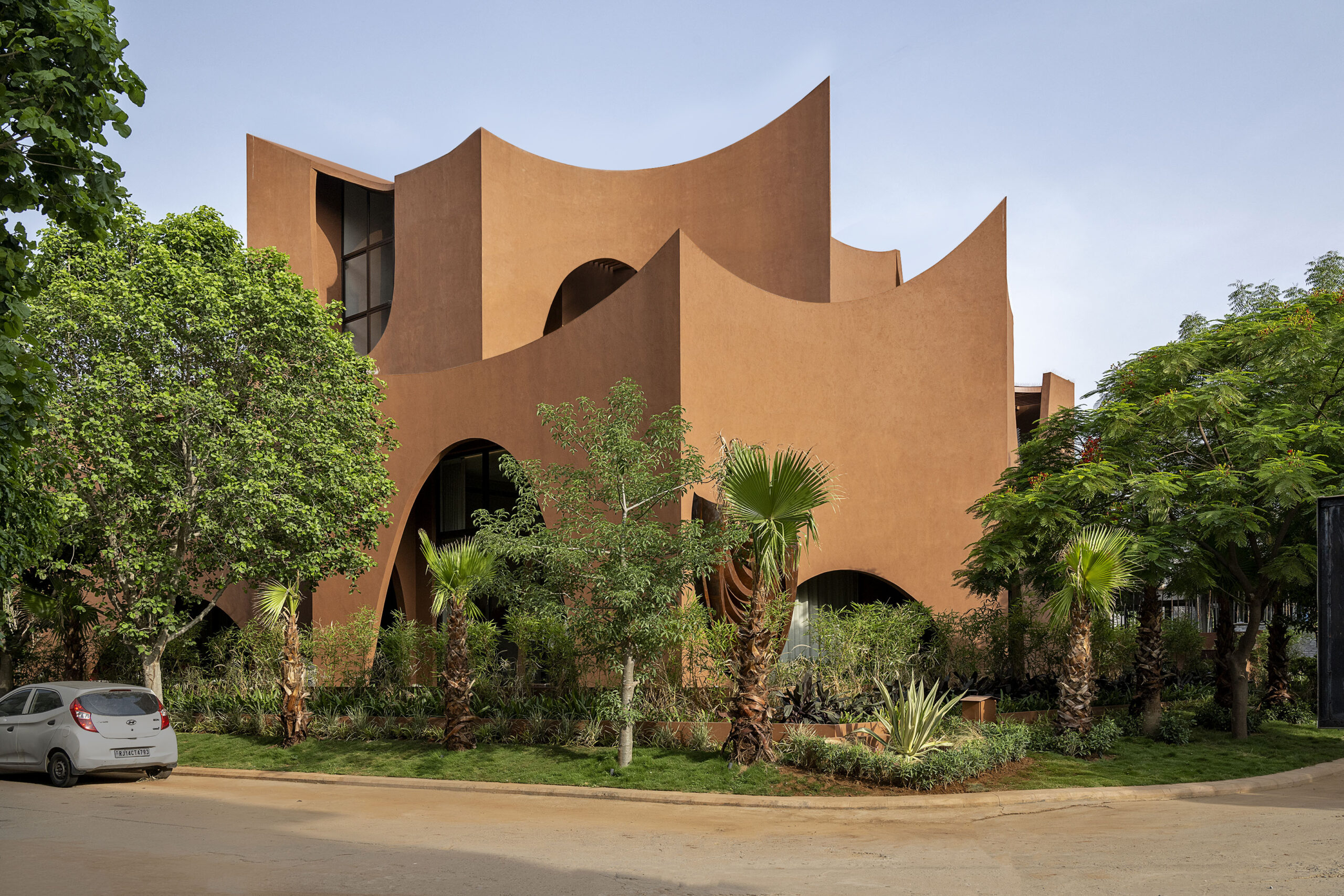
MIRAI HOUSE OF ARCHES by Sanjay Puri Architects, Bhilwara, India
By optimizing a building’s orientation and selecting materials that enhance thermal mass and solar shading, you can significantly boost energy efficiency. For colder climates, position buildings to maximize sun exposure during the winter months. In hotter regions, use shading to keep interiors cool. Strategically placed windows and ventilation promote natural airflow, minimizing the need for mechanical cooling and heating systems. This approach not only reduces energy costs but also increases indoor comfort year-round.
2. Integrate Renewable Energy Sources

Gawthorne’s Hut by Cameron Anderson Architects, Mudgee, Australia
Harnessing renewable energy is essential for sustainable building. Evaluate the natural resources available on your site, such as solar, wind or geothermal energy and integrate the appropriate technologies to generate power directly from your surroundings. This not only helps reduce the building’s carbon footprint but also offers significant cost savings over time by lowering energy expenditures.
3. Implement Advanced Water and Waste Management Systems
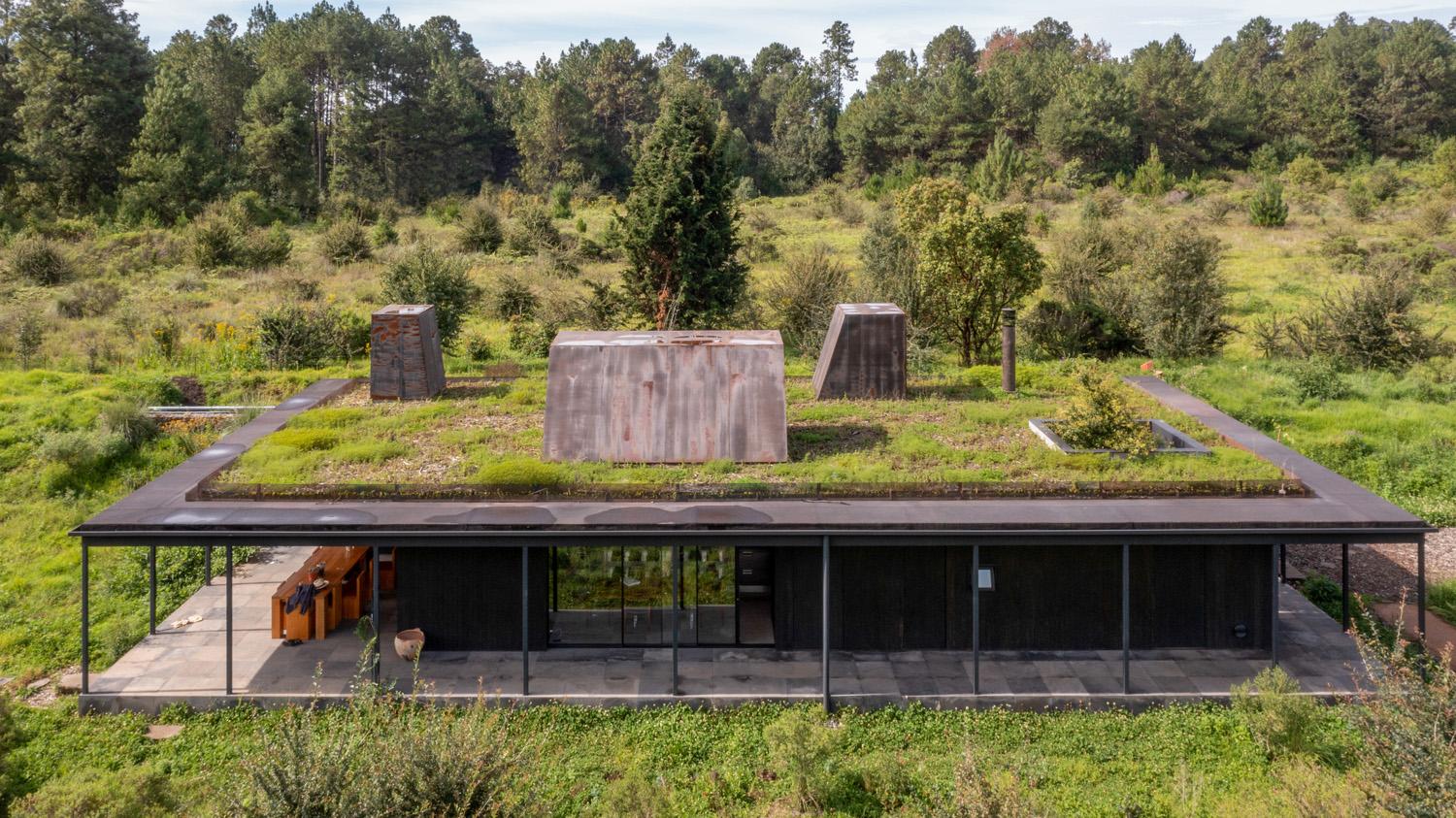
Rain Harvest Home by Robert Hutchison Architecture and JSa Arquitectura, Temascaltepec de González, Mexico
Develop sophisticated systems to manage and recycle greywater for uses like irrigation and flushing, significantly reducing freshwater demand. Additionally, implement strategies to minimize stormwater runoff, which can mitigate flooding and decrease water pollution. Embracing modular construction can further reduce waste by ensuring materials are precisely used and accounted for, promoting a more sustainable construction process.
4. Enhance Insulation and Air Tightness

Timber House by MESH Architectures, Brooklyn, Kings County, New York
Adopt cutting-edge insulation technologies such as vacuum insulation panels or phase-changing materials to maximize thermal efficiency. Pay close attention to eliminating thermal bridges and sealing air leaks, which are critical for maintaining energy efficiency and ensuring consistent indoor comfort levels. Improved insulation not only enhances energy performance but also contributes to substantial long-term savings on heating and cooling.
5. Maintain Superior Indoor Air Quality
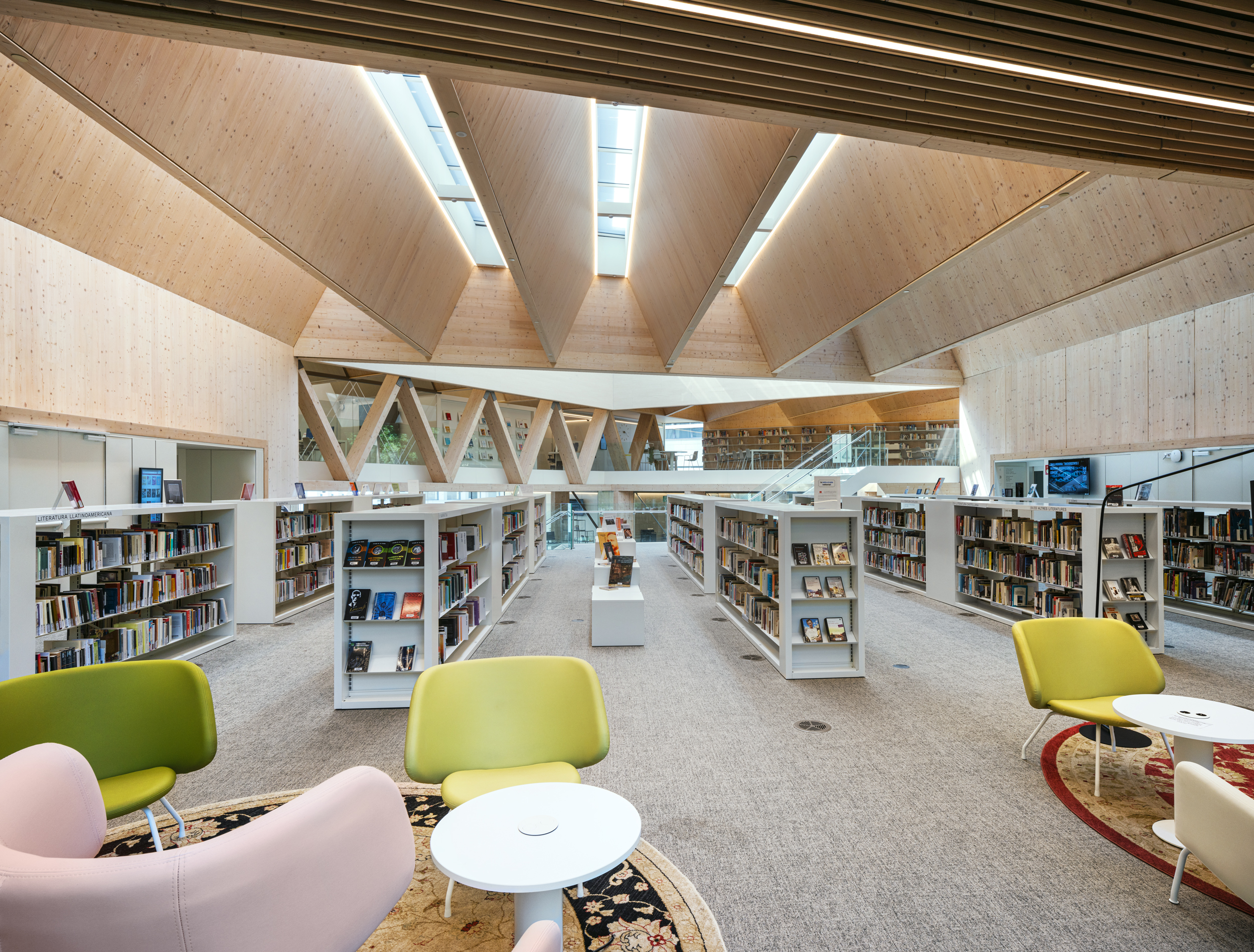
Gabriel García Márquez Library by SUMA architecture, Barcelona, Spain
Use materials with low volatile organic compound (VOC) emissions and incorporate advanced air filtration systems, like HEPA filters, to purify indoor air. Ensuring ample natural light can significantly improve the well-being of occupants, reducing the risk of respiratory issues and boosting mood and productivity. A well-lit, clean-air environment is crucial for both health and comfort.
6. Minimize Construction Waste
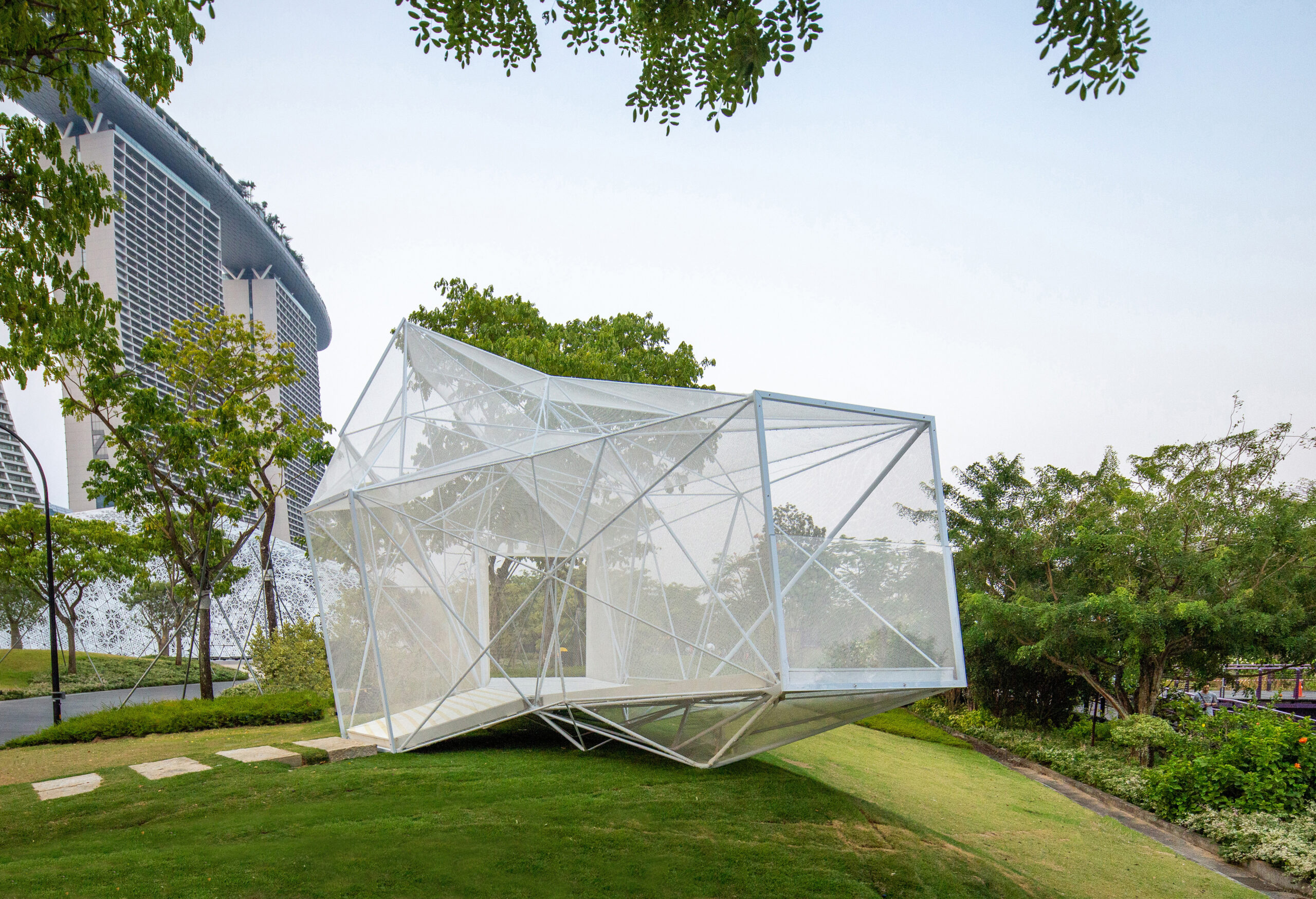
Air Mesh : Metal 3D Printed Space by AIRLAB SUTD (architectural intelligence research lab), Singapore
Leverage lean construction methods and digital tools such as Building Information Modeling (BIM) to streamline the building process and minimize waste production. Effective on-site sorting and recycling practices allow for the repurposing of materials, reducing the need for new resources and minimizing the environmental impact of construction. This approach not only conserves resources but also aligns with global sustainability goals.
7. Choose Ethically and Locally Sourced Materials
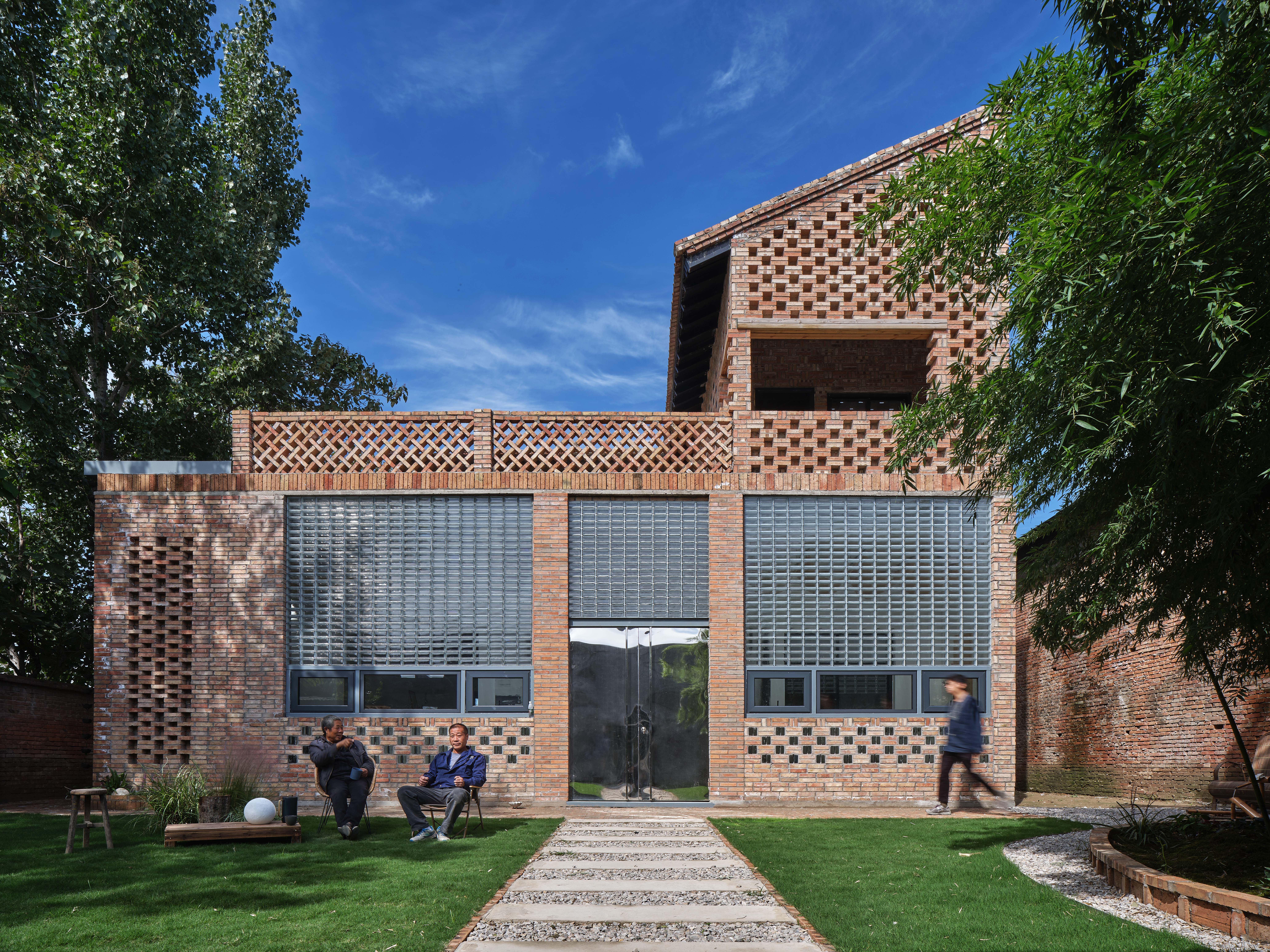
Glass Brick Dwelling in Bayi Village, Weinan by Xi’an University of Architecture and Technology Design and Research Institute, Shaanxi, China
Work closely with local suppliers and manufacturers to source materials that adhere to ethical production standards. By selecting locally produced materials, you reduce transportation costs and emissions and you also support the local economy. Verify the sourcing credentials such as certifications for sustainable forestry or responsible mining to ensure that materials do not adversely impact their origin ecosystems.
8. Utilize Salvaged and Recycled Materials

Shor House by Measured Architecture, Mayne Island, Canada
Initiate your project by conducting a resource audit to identify potential sources of salvaged materials. Partner with demolition companies, reclaimed material vendors and recycling centers to procure materials like reclaimed wood, recycled metal, or repurposed fixtures. Integrating these into your design not only conserves resources but also adds a narrative of sustainability to the building.
9. Design with Reusability in Mind

UNIT+ by STUDIO TOGGLE, Kuwait
In the planning phase, choose construction methods that allow for easy disassembly. Design structural elements and junctions to be bolted rather than welded, which facilitates easier deconstruction and reuse. Use standardized components that can be easily replaced or upgraded, ensuring that materials can live multiple life cycles across different projects.
10. Explore Bio-Based Options

INBAR Pavillion by SUP Atelier of THAD, Yangzhou, China
Identify bio-based materials that are suitable for your specific climate and building requirements. Utilize renewable resources like bamboo, which grows rapidly, or timber from certified sustainable forestry operations. Ensure these materials are treated and used in ways that maximize their life span and minimize environmental impact, such as using natural sealants instead of chemical ones.
11. Make Health-Conscious Choices
Select finishes, adhesives and coatings that have low or no VOC content to maintain high indoor air quality. Check for certifications like Green Seal or Greenguard to ensure compliance with health-based criteria. This practice not only contributes to a healthier indoor environment but also supports overall public health and well-being.
12. Adopt Low Carbon Construction Techniques
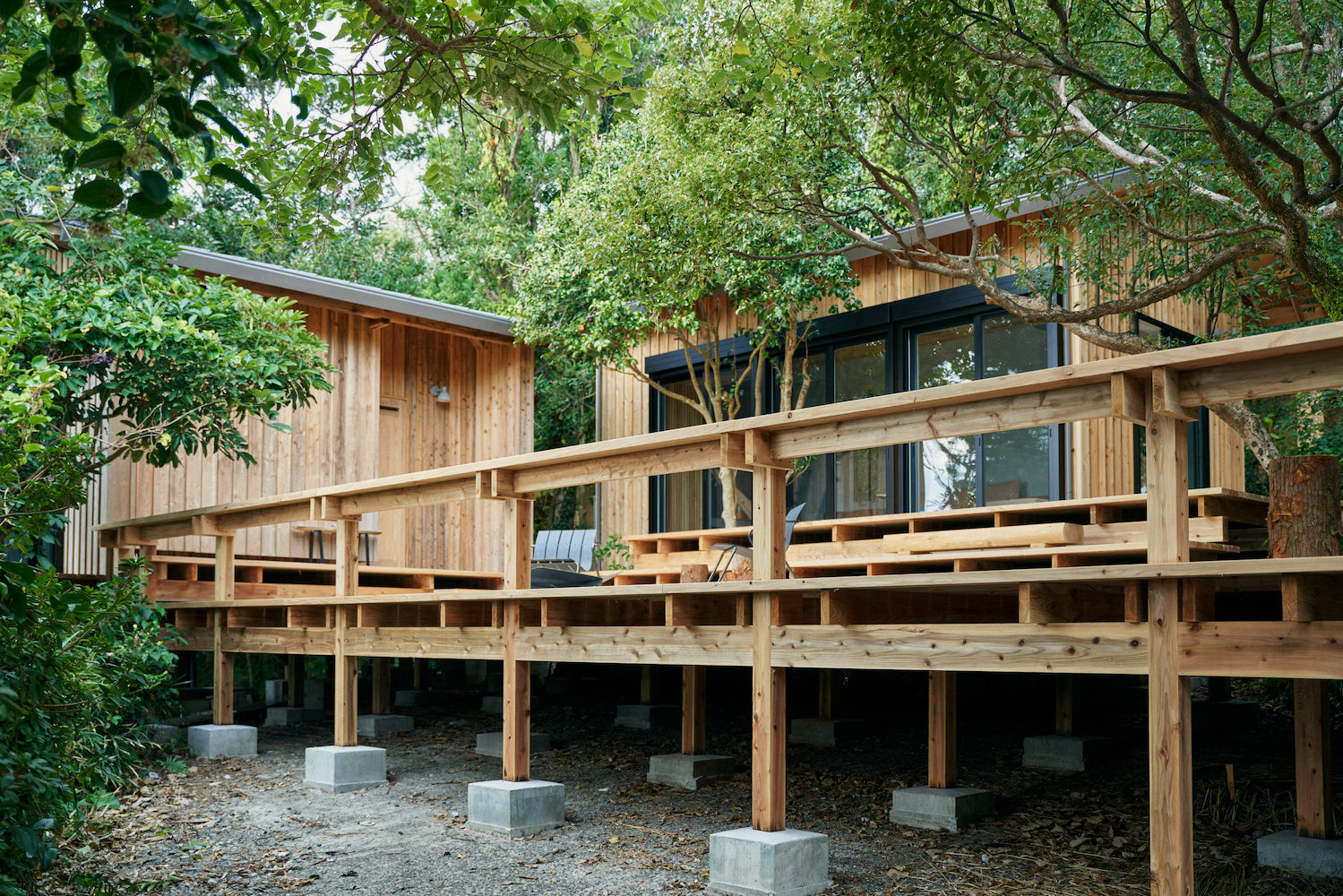
Sumu Yakushima by tono, Japan
Research and choose materials that are produced through environmentally friendly processes that emit less carbon dioxide. Engage with manufacturers that use renewable energy sources in their production processes and seek innovative materials like low-carbon concrete. Quantify the embodied carbon using tools like the Environmental Product Declarations (EPDs) to make informed choices that align with the global goals of reducing greenhouse gases.
13. Conduct Comprehensive Environmental Impact Assessments
Utilize advanced simulation tools to analyze and optimize the environmental performance of your project from design through operation. This thorough assessment helps minimize negative impacts on the environment and ensures that your project contributes positively to its surroundings. The result is a building that not only fits its environment but also enhances it.
14. Consider Equity and the Quality of Life of Occupants
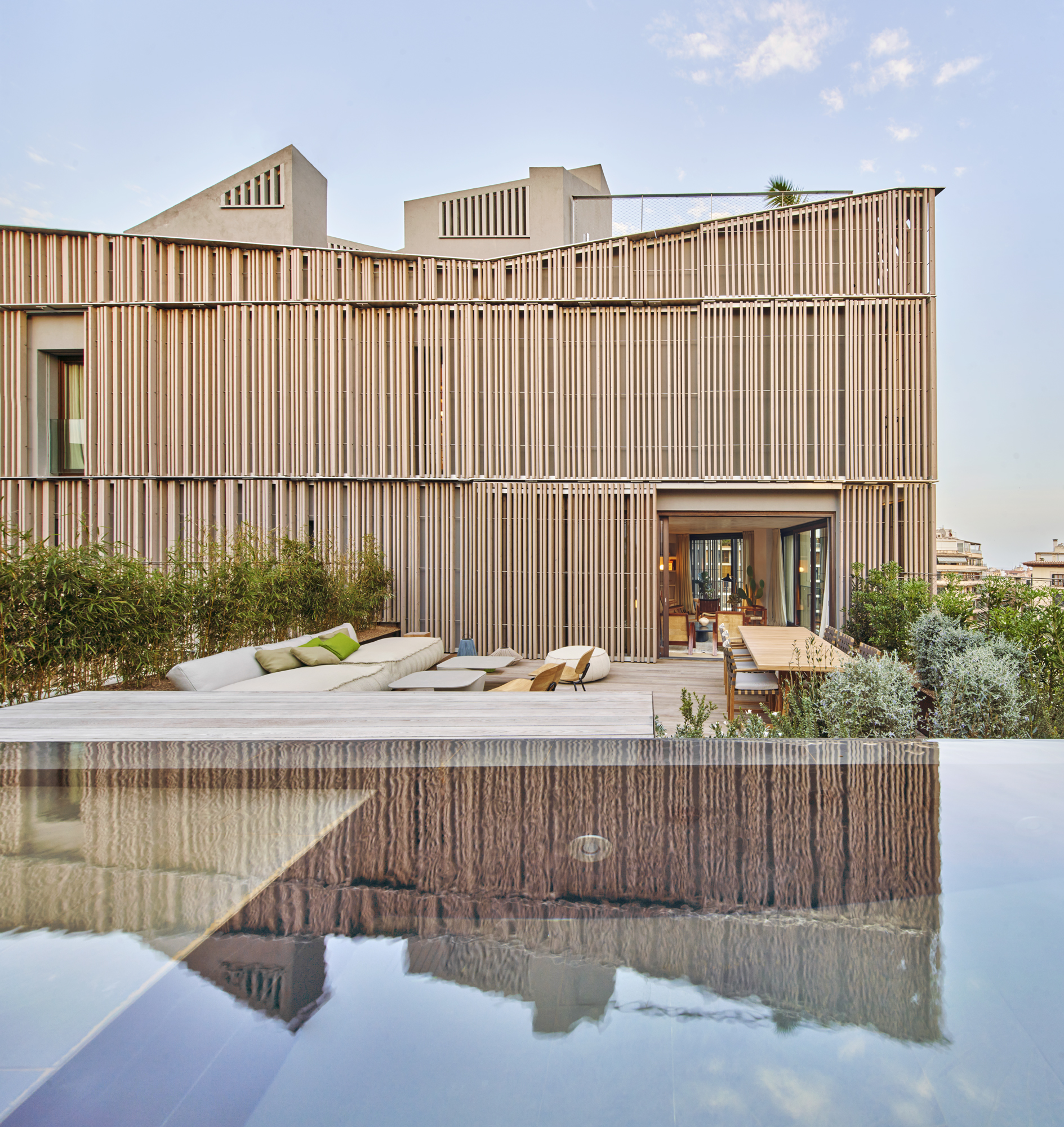
Paseo Mallorca 15 by OHLAB / oliver hernaiz architecture lab, Palma, Spain
Implement design principles that create sustainable spaces that benefit all users. Features like communal green spaces and energy-efficient systems contribute to a healthier, more sustainable environment. This approach makes sustainability and the myriad benefits of passive house design more accessible to a broader number of people, increasing occupant comfort and improving the overall quality of life for all users.
15. Engage Local Contractors and Uphold Ethical Labor Practices
Partner with local contractors and tradespeople to boost local employment and reduce the logistical footprint of your construction projects. Make sure all work adheres to high ethical standards, ensuring fair labor practices and contributing to the economic well-being of the community. This not only fosters a positive relationship with the area but also enhances the social sustainability of your project.
16. Embrace Adaptive Reuse

Ombú by Foster + Partners, Madrid, Spain
Seek opportunities to repurpose existing buildings, which conserves resources and preserves cultural heritage while offering unique architectural challenges. This approach reduces the demand for new materials and minimizes waste, thereby supporting environmental sustainability and adding a layer of historical continuity to modern use.
17. Plan for Future Flexibility and Adaptability
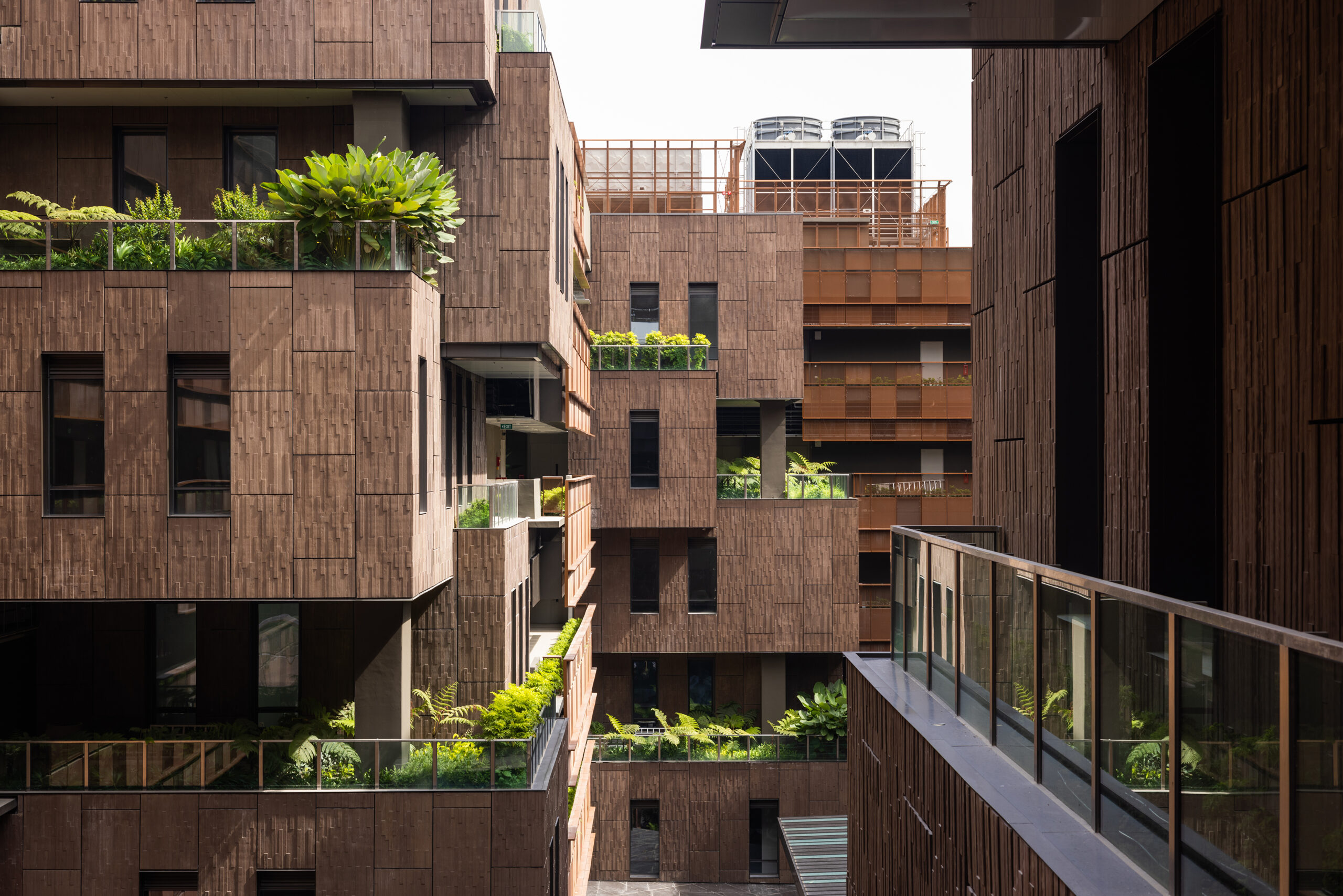
JTC CleanTech Three by architects 61, Singapore
Design buildings that are easily reconfigurable and can accommodate future technological advancements or changes in use. This foresight ensures that spaces remain functional and relevant over time, reducing the need for resource-intensive renovations and supporting sustainable growth and adaptation in the built environment.
18. Select Durable and Resilient Materials
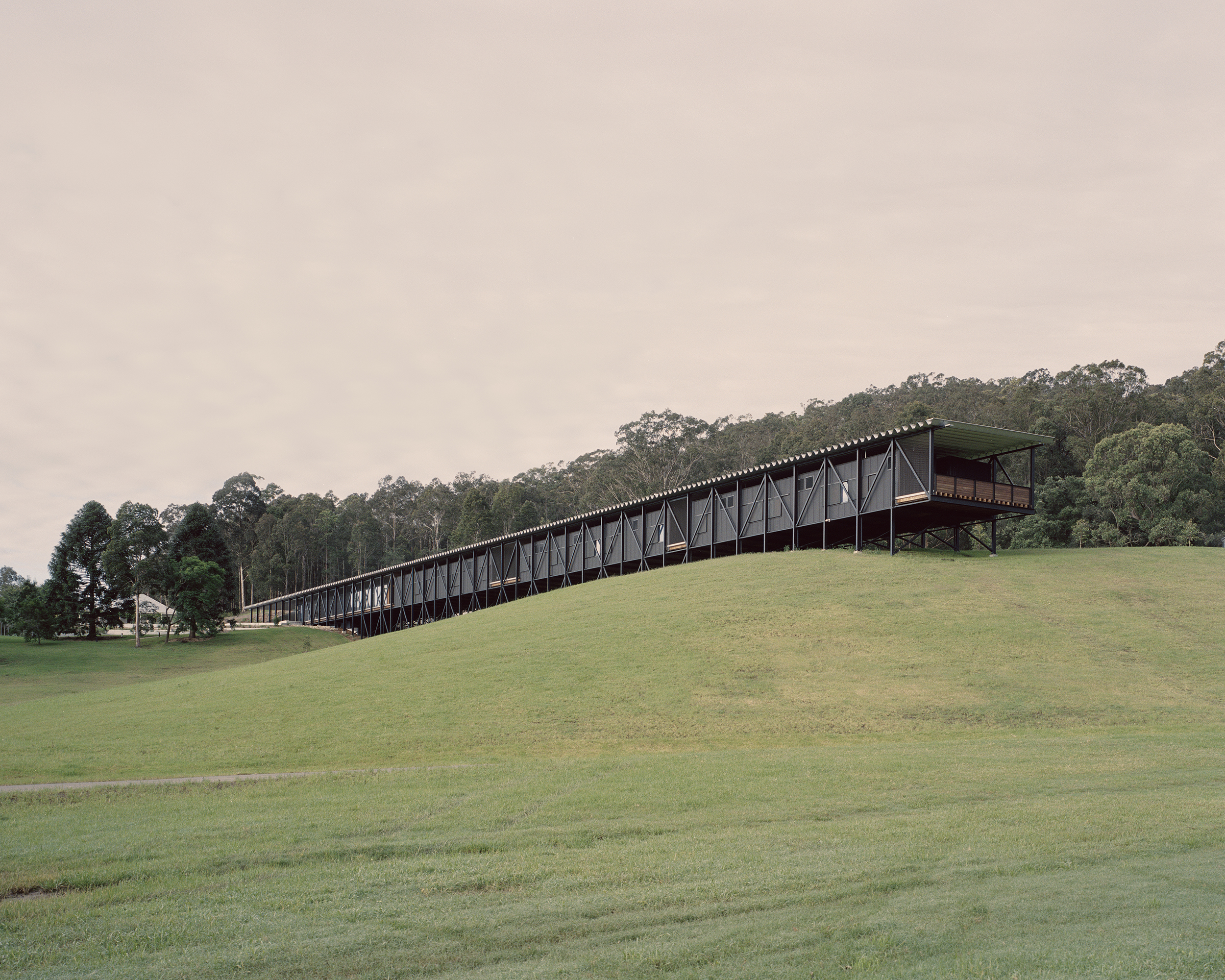
Bundanon Art Museum + Bridge by Kerstin Thompson Architects,, Illaroo, Australia
Choose materials that are not only tested for longevity but are also capable of withstanding environmental stresses. This durability reduces the need for frequent replacements and repairs, minimizing waste and ensuring that buildings can endure the challenges posed by changing climates and conditions. By focusing on durability and resilience, your projects contribute to long-term sustainability and efficiency.
Architizer is thrilled to reveal the 12th Annual A+Awards Finalists. See which projects and firms made the cut and have your say in who wins a coveted Popular Choice A+Award. Cast your vote today >
Top image by Markus Spiske via Pexels, Creative Commons

